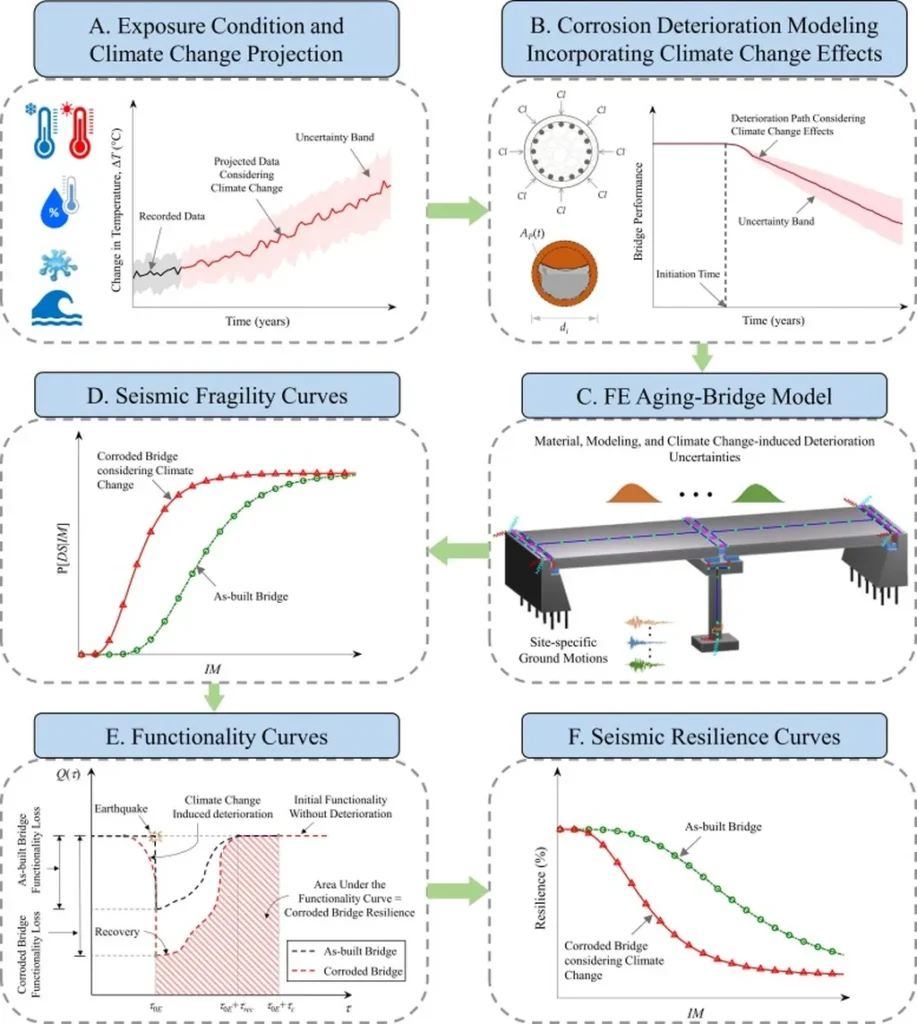In the ever-evolving world of structural engineering, a groundbreaking development has emerged that could significantly impact the energy sector and beyond. Researchers have introduced a novel self-centering energy-dissipating bearing, building upon the foundation of seismic isolation ball bearings. This innovation, detailed in a recent study published in *Jianzhu Gangjiegou Jinzhan* (translated as *Advances in Structural Engineering*), promises to enhance the stability and resilience of structures under seismic loads.
The lead author of the study, Wu Jin, along with his team, has developed a functional separation-type self-centering energy-dissipating bearing. This advanced component comprises an energy-dissipating steel element and a steel plate spring element, arranged in a manner reminiscent of a tied arch. The research combines experimental and numerical simulation methods to analyze the seismic mechanism and effectiveness of this new design.
Wu Jin explains, “The LYP100 steel material used in the energy-dissipating element exhibits a full hysteresis loop, indicating excellent energy-dissipating performance. The steel plate spring, when subjected to lateral loads, demonstrates stable performance, providing consistent stiffness to the energy-dissipating component.”
The study involved a series of material performance tests on the LYP100 steel and stiffness performance tests on the plate spring element. Additionally, quasi-static loading tests and numerical simulations were conducted on the energy-dissipating component. The results were promising: the plate spring element remained in an elastic state throughout the process, ensuring the self-centering capability of the bearing. Meanwhile, the energy-dissipating element entered a plastic state early in the loading phase, effectively dissipating energy.
The implications of this research are far-reaching, particularly for the energy sector. Structures housing critical energy infrastructure, such as power plants and renewable energy facilities, often face the challenge of withstanding seismic activities. The new self-centering energy-dissipating bearing could enhance the seismic resilience of these structures, ensuring the continuous and safe operation of energy systems.
Wu Jin further elaborates, “Our findings suggest that this innovative design can significantly improve the seismic performance of structures. This could lead to safer and more reliable energy infrastructure, ultimately benefiting the broader community.”
The study’s results, published in *Jianzhu Gangjiegou Jinzhan*, mark a significant step forward in structural engineering. As the energy sector continues to evolve, the integration of such advanced technologies will be crucial in building resilient and sustainable infrastructure.
This research not only highlights the potential for enhanced seismic performance but also opens doors for future developments in the field. Engineers and researchers can build upon these findings to create even more innovative solutions, ensuring that our structures are better equipped to withstand the challenges posed by natural disasters.
In a world where energy demands are ever-increasing, the need for robust and resilient infrastructure has never been greater. The introduction of this novel self-centering energy-dissipating bearing represents a significant stride towards achieving this goal, paving the way for a more secure and sustainable future.

